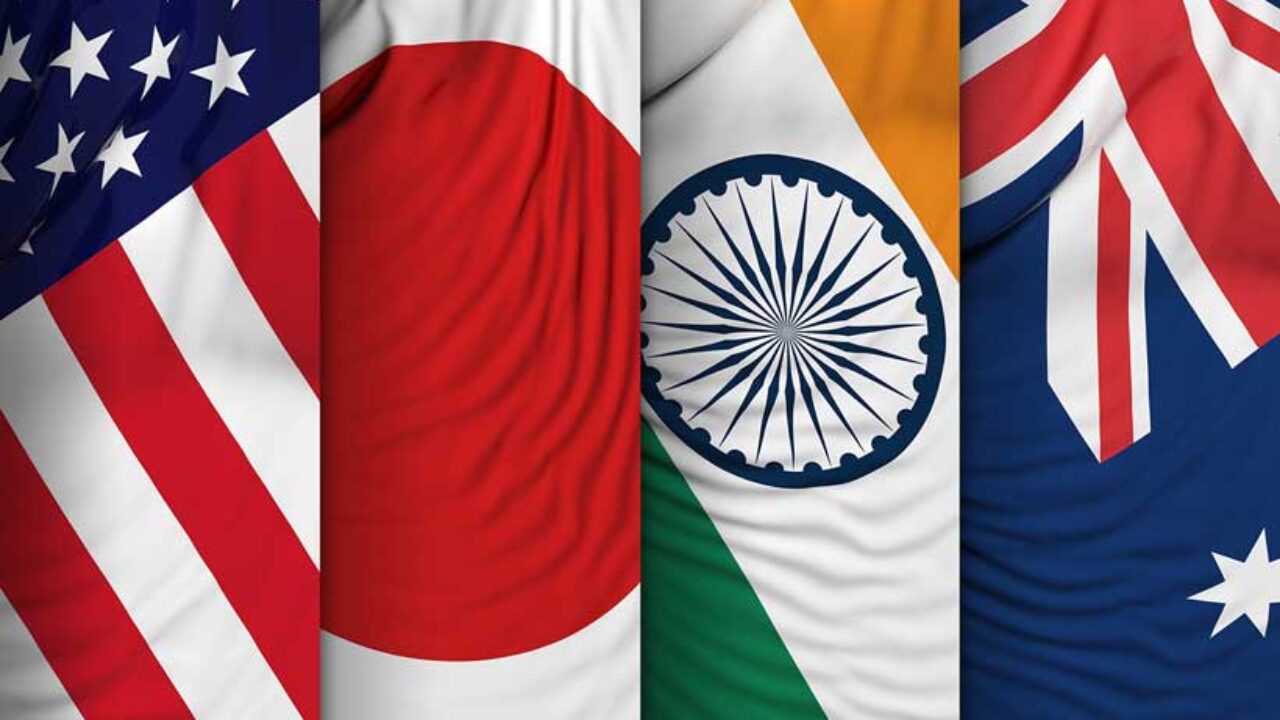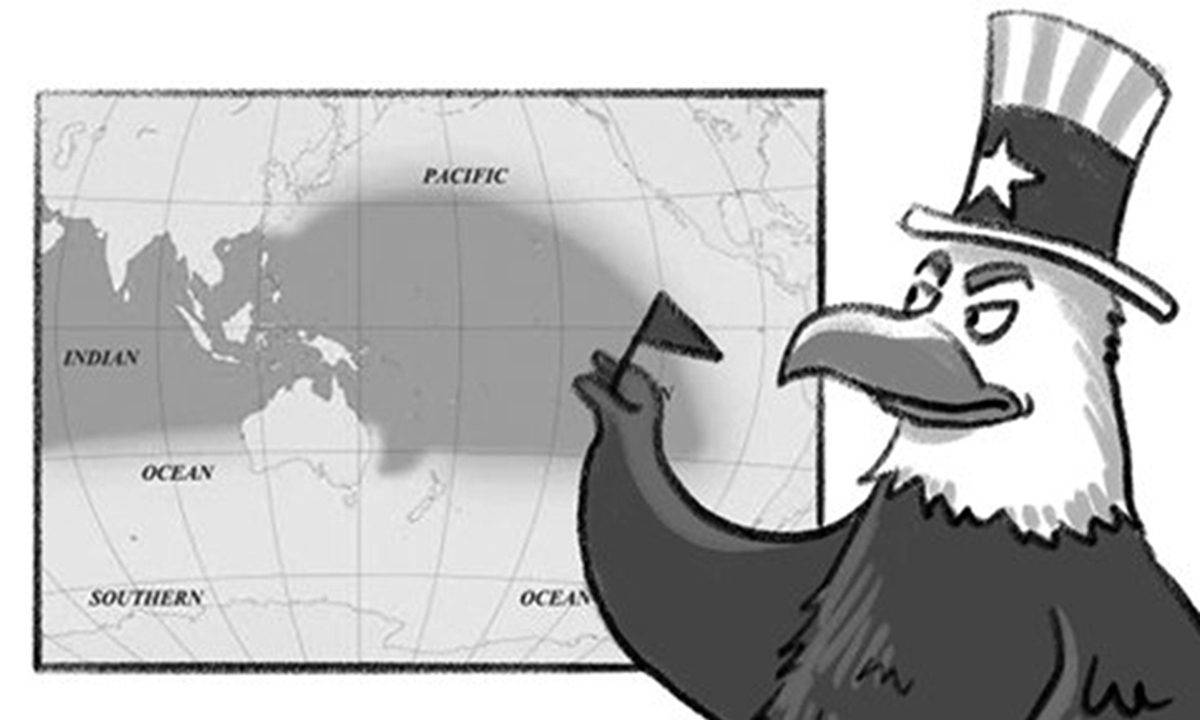Quad summit analysis
The Quad summit (2022) started on the 24 of May and was held in Tokyo, Japan. As the name suggests, Quad for Quadrilateral is a closed 2D figure with 4 sides, similarly Quad is a grouping of 4 nations: India, the US, Japan and Australia.
The reason, why this summit has become such a hot topic for the media outlets, lets is because of the key issues that were addressed during the summit.
What is Quad exactly?
It is an informal grouping of 4 nations, India, the US, Japan and Australia, with the primary objective of countering China’s expansionist policy. The grouping also has several other objectives as follows:
Climate change.
Disaster relief management.
Ensuring open trade in the Indo-Pacific region.
Other pressing matters like SDG, the Space sector, education, etc.
The idea of Quad was proposed by Shinzo Abe (Japan’s former PM) in 2007, but due to Australia and China’s growing relations, the idea wasn’t a success. But in 2020 after the COVID pandemic, relations between Australia and China began declining and India capitalized on the opportunity and invited Australia to complete the Quad grouping.
India- PM Narendra Modi
US- President Joe Biden
Australia- PM Anthony Albanese
Japan- PM Fumio Kishida
The key issues addressed.
China-Taiwan conflict
North Korea’s missile program
Initiatives taken
Quad fellowship- 100 students per member nation, will be allowed to graduate with a STEM degree from the US. Applications are open till 30 June.
Vaccine Programs and Space cooperation.
$50 Billion Investment in the infrastructure projects in the region
This will be a Public-Private Investment.
Sectors like Healthcare, Technology, Climate change and Disaster management will be of primary focus during the investment.
Indo-Pacific Economic Framework (IPEF)
It is not a traditional trade agreement which was based on reducing trade barriers to import and export to facilitate trade among member nations. No such action is required in this particular framework.
- It is a US lead Bloc joined by 12 other countries: India, Japan, Australia, New Zealand, Brunei, Philippines, Thailand, Vietnam, Indonesia, Malaysia and Singapore.
IPEF has a 4 pillar system and it is not necessary to join all the 4 pillars to be part of IPEF. 4 Pillars are:
iii) Infrastructure and Decarbonization
iv) Taxation and Anti-Corruption
Indo-Pacific Maritime Domain Awareness (IPMDA)
The primary objective is to increase awareness in the Indo-Pacific region.
The secondary objective is to monitor the region for:
i) Illegal Fishing
ii) Keeping an eye out for Maritime Militia, especially the region around the South-China sea.
IPMDA is indirectly aimed at China, due to China’s illegitimate claim over the South-China sea and its increasing illegal activity in the region. IPMDA's pure focus is on countering China’s People Armed Forces Maritime Militia (PAFMM) designated by the US Department of Defence and minimising such militia’s influence in the region.
PAFMM- These are Chinese government-funded civilian vessels under the surveillance of the Chinese navy, which act as small mafia groups in the disputed territory and disturb trade, fishing, research and other economic activity in the region. Since the Chinese navy is not directly involved, China always has plausible deniability and takes advantage by using the militia to damage research vessels by crashing into them and damaging key equipment like sonar systems.
How does it benefit the US?
The US had been wary of China’s growth and aggressive policies for some time now and uses all the tactics in its arsenal to slow down China, whether its sanctions, military influence or using other nations bordering China like India and Japan. The US also forms multiple allies and blocs like Quad, AUKUS and Five Eyes to counter China on multiple fronts at the same time. So the entire concept revolves around the US and what it needs and other matters like global food shortage, SDGs and Climate Change come second.
But is it all that the US wants, just to stop China from expanding? You see, whenever the US is involved there is always something more than what meets the eyes. And US's ulterior motive is always well hidden by the western media outlets and their excellent narrative-building capabilities. The same US that criticizes China’s expansion policy is also partaking in expansionist activities. The only difference is that China focuses more on territorial and market expansion and the US focuses on Political and Military expansion. Whether it's NATO in Europe or Grouping like Quad, AUKUS and Five Eyes in the Indo-Pacific, the US has been following its own version of the expansionist policy for decades and criticizes others when they do the same, thus “the Great American Hypocrisy”.
Conclusion drawn
It may sound like a broken record but at this Quad summit, the US had clearly tried to push its own personal agenda under the pretext of Global security and democracy. Still, the Quad summit holds importance, especially during the war in Europe and has the power to influence the geopolitics of the Indo-Pacific and bring development to the region.



Comments
Post a Comment